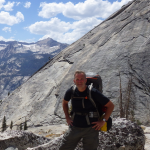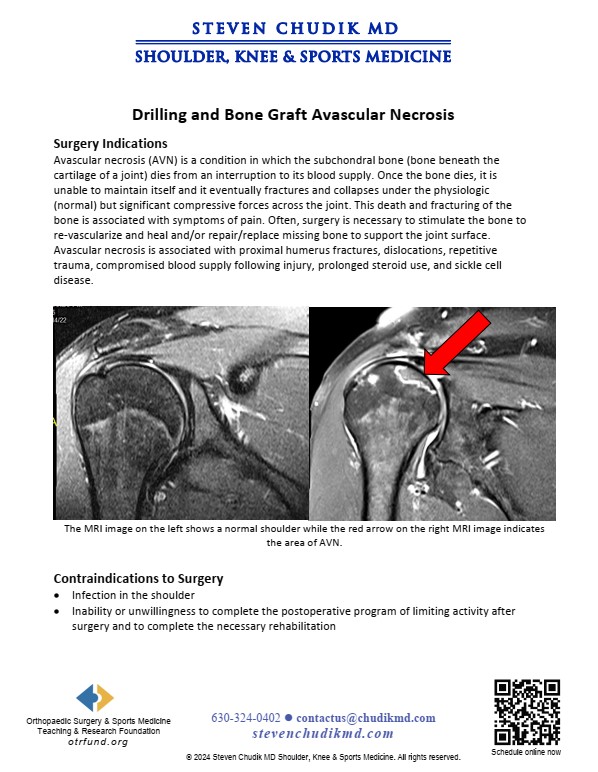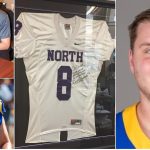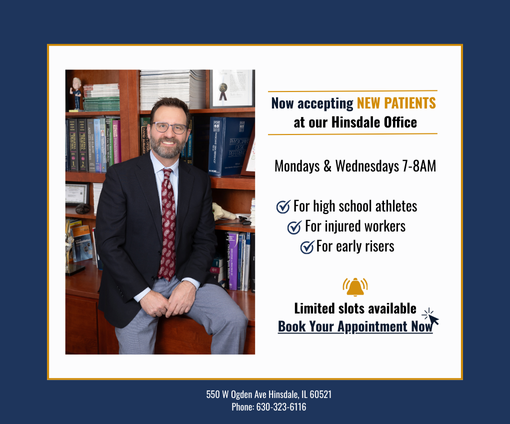 A race against time: Frantz's passion versus prudence
A race against time: Frantz's passion versus prudence
Avascular necrosis (AVN) is a condition in which the subchondral bone (bone beneath the cartilage of a joint) dies from an interruption its blood supply. Once the bone dies, it is unable to maintain itself and it eventually fractures and collapses under the physiologic (normal) but significant compressive forces across the joint. This death and fracturing of the bone is associated with symptoms of pain. Often, surgery is necessary to stimulate the bone to re-vascularize and heal and/or repair/replace missing bone to support the joint surface. Avascular necrosis is associated with proximal humerus fractures, dislocations, repetitive trauma, compromised blood supply following injury, and prolonged steroid use.
Learn More

 “Dr. Chudik, Thank you for getting me back on the field.”
“Dr. Chudik, Thank you for getting me back on the field.”
Dr Steven Chudik founded OTRF in 2007 to keep people active and healthy through unbiased education and research. Click to learn about OTRF’s free programs, educational opportunities and ways to participate with the nonprofit foundation.
1010 Executive Ct, Suite 250
Westmont, Illinois 60559
Phone: 630-324-0402
Fax: 630-920-2382
(New Patients)
550 W Ogden Ave
Hinsdale, IL 60521
Phone: 630-323-6116
Fax: 630-920-2382
4700 Gilbert Ave, Suite 51
Western Springs, Illinois 60558
Phone: 630-324-0402
Fax: 630-920-2382

© 2025 © 2019 Copyright Steven Chudik MD, All Rights Reserved.

